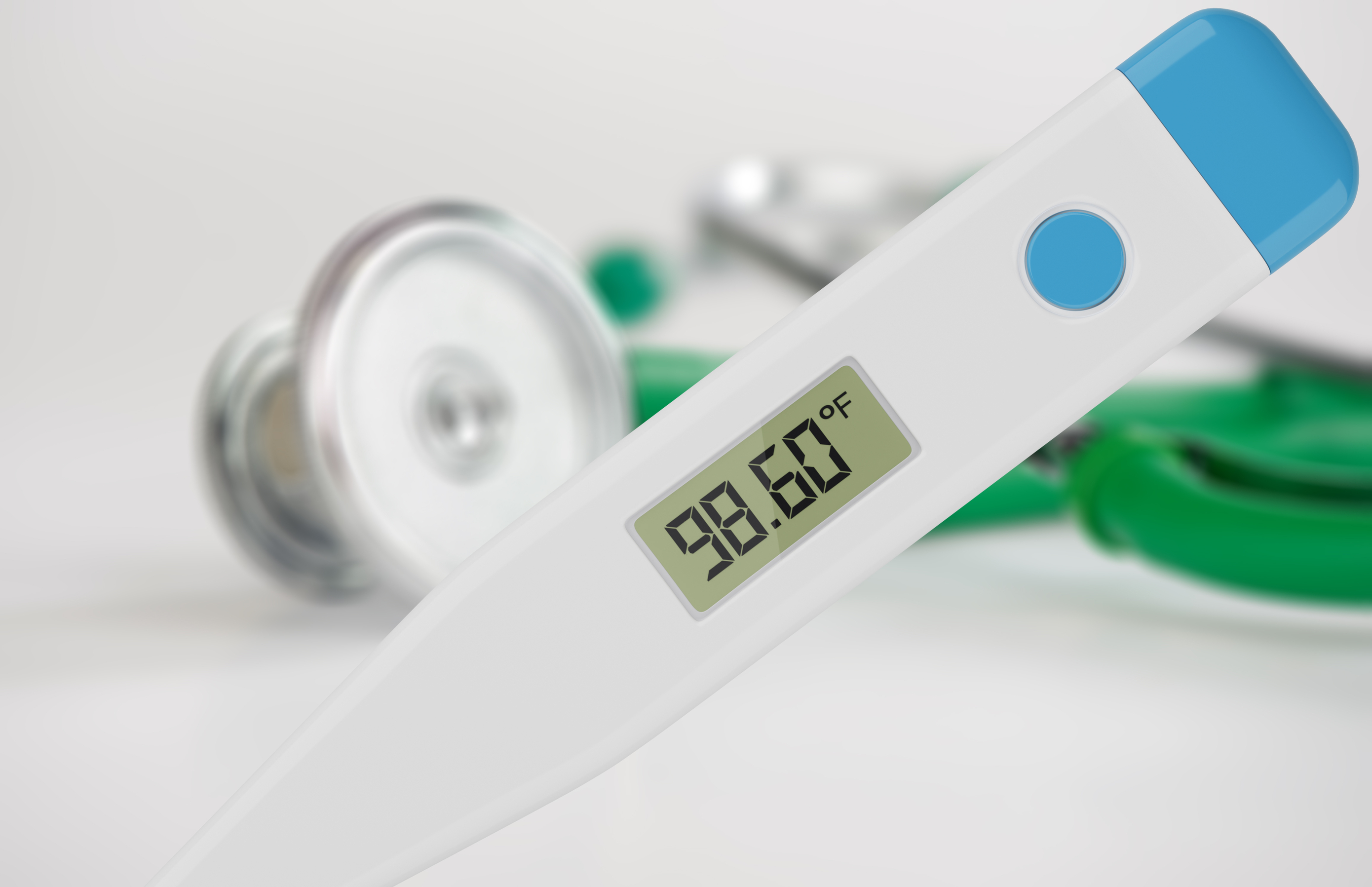What is Normal?
Written by Arbitrage • 2025-09-12 00:00:00

For more than a century, most people have been taught that the "normal" human body temperature is 98.6 degrees Fahrenheit (37 degrees Celsius). This number appears in school textbooks, medical charts, and even casual conversations about health. But where did it come from, and is it still the most accurate way to measure human temperature today?
The 98.6 figure dates back to the mid-1800s, when German physician Carl Reinhold August Wunderlich conducted a massive study involving over 25,000 patients. Using a foot-long mercury thermometer and underarm readings, he measured more than one million temperatures and concluded that 98.6 degrees Fahrenheit was the average healthy human temperature. His work was groundbreaking for the time, helping doctors understand fever patterns and shifting medicine toward using thermometers as diagnostic tools. However, the limitations of 19th-century equipment and methods meant his measurements may not have been as precise as we once thought.
Modern research suggests that the 98.6 number might now be more historical artifact than universal truth. Women tend to have higher body temperature than men, and younger people tend to have higher temperatures than older people. In an analysis of 20 studies published between 1935 and 1999, the average oral temperature of adults was 97.5 degrees Fahrenheit. According to a 2020 study, body temperatures have been gradually declining since the 19th century - possibly due to lower rates of chronic infections, better healthcare, improved living conditions, and changes in metabolism.
It is also important to note that body temperature naturally fluctuates throughout the day and varies from person to person. Age, activity level, hormonal cycles, and even the time of day can cause differences of up to a degree or more. For example, temperatures tend to be lower in the morning and higher in the late afternoon. Women may see slight increases during ovulation, and children often run warmer than adults.
Today, doctors generally recognize that "normal" body temperature falls within roughly 97 degrees Fahrenheit to 99 degrees Fahrenheit. While 98.6 can still serve as a general reference point, it is no longer seen as the absolute benchmark for everyone's health. In medicine, what matters more is how your temperature compares to your personal baseline and whether it signals an unusual change, such as a fever or hypothermia.
In the end, the story of 98.6 is a reminder that medical knowledge evolves over time. What was once accepted as fact may be refined - or even replaced - as science advances. While Wunderlich's research shaped the way we think about temperature, today's more nuanced understanding acknowledges that the "normal" human temperature isn't a single number, but rather a living, changing range.